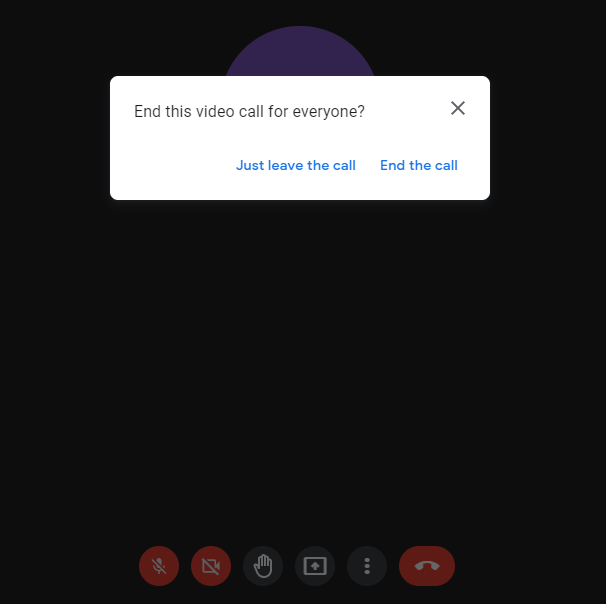I am inspired by students’ reflections and discussions about current events around the world, and especially last week as we learned about the arrests of land defenders and journalists on Wet’suwet’en territory. We talked about what it means for land to be unceded, and we learned that the Supreme Court confirmed through the Delgamuukw case in 1997 that the Wet’suwet’en had not given up title to their land in Northern British Columbia. Here is what we captured during our learning:
During discussion, one of my students asked an incredible question that caught me off guard: “I thought the Supreme Court was the most important place where decisions are made, and that no one can change their decisions. Why is all of this still happening even after the case in 1997?”
Despite thinking that I had done enough research on the issue of the Coastal GasLink pipeline passing through Wet’suwet’en land, I did not have an answer for her at that moment. I asked myself: What are the gaps in my understanding of this issue that would leave me without an answer to this question?
I spent some time finding the answer:
- While the Supreme Court did confirm the hereditary chiefs’ right to the land and sole authority to sanction development on Wet’suwet’en territory based on pre-colonial law, there were unresolved issues regarding the divisions of power between hereditary chiefs and band councils. The band council system is imposed under the Indian Act (which falls under Canadian law) to facilitate nation-to-nation relationships, but is not recognized under pre-colonial laws and structures used by the nation’s hereditary chiefs.
- Coastal GasLink claims that all necessary permits were acquired in order to build the pipeline, but the hereditary chiefs of the Wet’suwet’en First Nation argue that they never gave express consent to build on the territory. There seems to be a loophole through which Coastal GasLink got approval for the pipeline because they negotiated an agreement with the Wet’suwet’en elected band council. This is all fine and good if we’re talking about Canadian laws and structures but Wet’suwet’en First Nation is unceded land, meaning that the land is meant to be self-governed under pre-colonial law by the hereditary chiefs (which is also recognized in Section 35 of the Constitution).
I’m happy I spent the time to find an answer to my student’s question; I learned so much and feel much better equipped to continue the conversation. Even still, I have some thoughts about how else I can move forward through the rest of this year and grow as an educator in this area. How can I constantly push myself to find the answers? How can I continue teaching about Indigenous right to self-government and sovereignty, especially on unceded land?
I teach Grade 6, so I try my best to bring these issues back to the heart of what is most important to those most affected. In this case, a commonality in what I read is that the water on Wet’suwet’en land is of utmost importance. “You could swim in that lake and just open your mouth and drink the water, it’s so pristine, and the river is so clear that you can see these very deep spawning beds that the salmon have been returning to for thousands of years,” Sleydo’ says. Whether or not a student understands the legal or historical significance of a conflict like Wet’suwet’en, they will understand the importance of clean water and a thriving ecosystem. Perhaps this fundamental understanding of what is most important could be something that brings groups together to move towards reconciliation.


